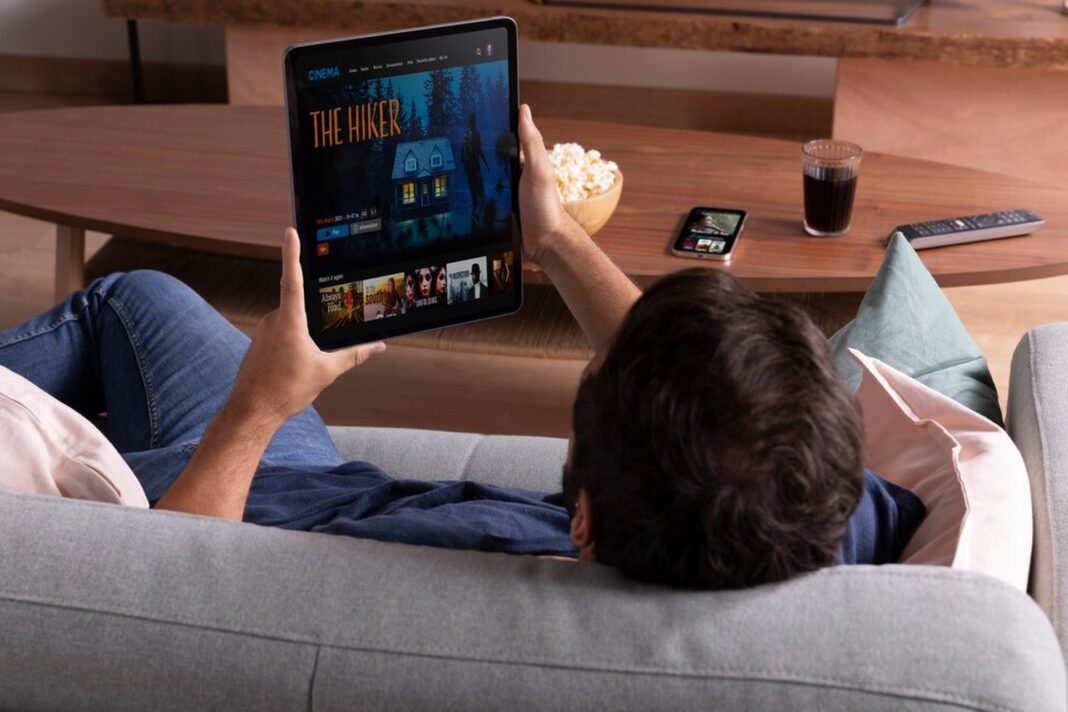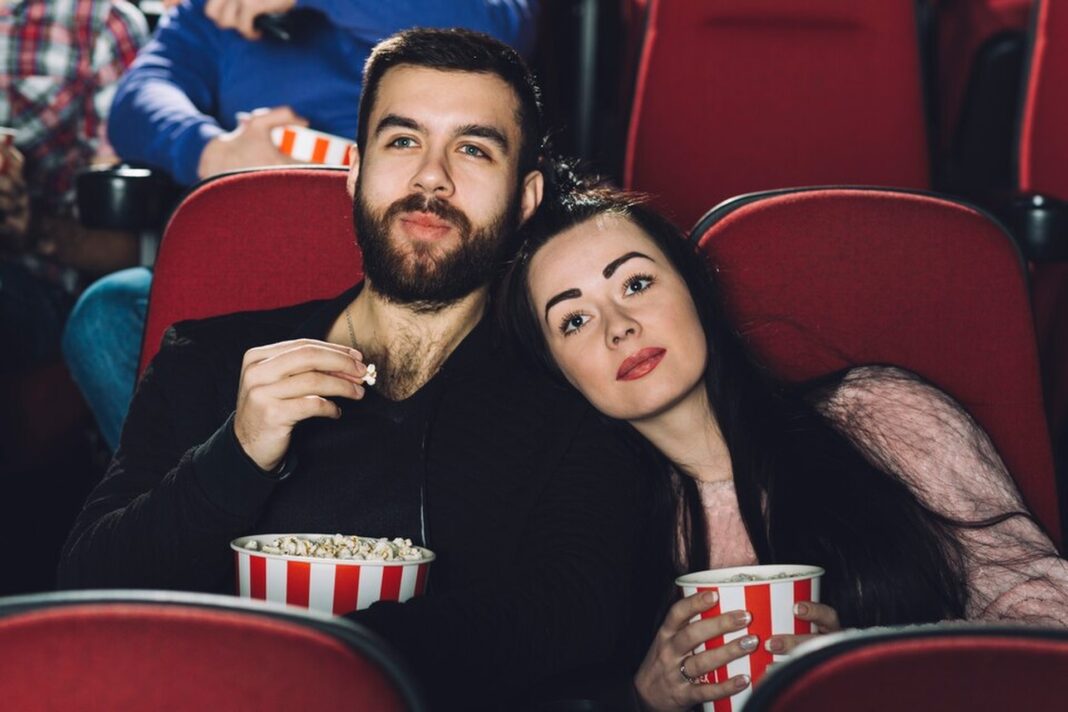The development of movies is intriguing. This timeline highlights important events. Every age shaped what we see now. Technology and art are mixed to create remarkable moments. Learn about these advancements to appreciate contemporary filmmaking. Each subtitle shows key transitions. This investigation shows cinema evolution.
The Silent Era Birth Of The Projection
Early film began in the silent period. The development of motion pictures made tales visible. Edison and the Lumire brothers experimented. They produced the first moving visuals attracting viewers. Film projections were popular in vaudeville. Screen flashing captivated audiences. Stories were conveyed via graphics and title cards in silent films. Acting and directing were more creative without synced sound. Expressive gestures and physical humor flourished. Comedy, drama and adventure arose. This period created the groundwork for future technology. Filmmakers recognized film as art. The first film festivals and prizes emerged. Famous silent films include The Great Train Robbery. Its effect on filmmaking persists.
The Rise Of Talkies A New Dimension
Synchronized sound changed film in the late 1920s. The groundbreaking film The Jazz Singer demonstrated this innovation. The visual audio combination enthralled audiences. This combination enhanced storytelling. Transitioning from silent to talkies was difficult. Many performers struggled with speaking parts. The recording business encountered technological challenges. New narrative strategies emerged when these challenges were handled. Popular musical flicks captivated spectators with song and dancing.
Voices linked audiences to characters. Musicals, criminal dramas and comedy joined. Director and writer roles evolved with talkies. The dialogue made screenplays crucial. This additional dimension transformed filmmaking. Talkies improved cinema and extended viewers. Their influence shaped contemporary film.
The Golden Age Of Hollywood
The 1930s1960s were the Hollywood Golden Age. Major film studios emerged at this time. MGM Warner Bros. and Paramount set creative and commercial standards. Classic films reflected society ideals. Top stars emerged attracting attention with charm. Humphrey Bogart, Audrey Hepburn and Marilyn Monroe became famous.
Genres bloomed then. The epic and musical ruled box offices. Technology improved sound and video. The Hays Code restricted material affecting narrative. Moviemakers developed ingenious solutions to overcome these limits. This created a complex narrative tapestry. The Golden Age made cinema strong. It also left a mark on popular culture. This age influences modern film. Classic Hollywood films still inspire filmmakers.
The Transition To Technicolor
Cinematic technology advanced with Technicolor. Early black and white films limited visual narrative. Color cinema was used to interest spectators. Becky Sharp premiered in 1935 was the first Technicolor hit. This unique method gave films depth and brightness changing visuals. A fresh perspective was given to tales. Hollywood embraced Technicolor by the 1940s. Epics like The Wizard of Oz and Gone with the Wind showed its potential.
Cinematographers used color to improve stories. Colors typically evoke feelings. This growth transformed screen tales. Technicolor affected clothing and set design. Filmmakers have to consider color interactions. This increased creative cooperation. The switch to Technicolor changed visual storytelling.
The Advent Of Home Video
Home video changed filmgoing in the late 20th century. VHS and Betamax became popular in the late 1970s. This lets consumers watch movies at home. Renting cassettes changed moviegoing. Movie evenings with family might create memories. Home video shops grew popular with different offerings. This accessibility broadened moviegoing outside theaters.
People could watch movies whenever they wanted. The emergence of home video influenced movies. Videos that were neglected in cinemas thrived at home. The change improved viewership and devotion. Filmmakers considered home watching. Home video democratized film access and affected marketing. Recording films became a cultural phenomenon.
From VHS To DVD Changing Formats
Home watching changed again from VHS to DVD. DVDs enhanced vision and sound in the late 1990s. The new format was more convenient. DVDs offered immediate scene access unlike VHS. Bonus material and simple navigation improved the experience. DVDs took up less capacity making storage easier. Collectors preferred this media over cassettes for longevity.
DVD rental services increased customer options. Netflix and Blockbuster were household names at this time. Retailers created large DVD areas for cinema fans. Filmmakers added extra elements to the new media. This deepened the watching experience engaging fans. The change showed how technology affects consumption. DVDs altered moviegoing and marketing.
The Impact Of Digital Cinema
Digital cinema has revolutionized filmmaking. Film to digital transition started in the 2000s and accelerated. Modern filmmakers use high resolution cameras to create spectacular images. Production is more efficient after this change. Access to digital editing and special effects has increased. Small independent filmmakers can now create good films. Filmmaking has become cheaper promoting innovation.
Digital distribution changed audience access. Streaming platforms changed movie watching. Viewers have several options. The influence of digital cinema is huge. It changed film distribution and exhibition. Online streaming has revolutionized film marketing. Filmmakers increasingly examine many distribution channels. Digital cinema has transformed audience involvement and artistic techniques.
What Role Did VHS Play In Home Viewing?
There are several ways VHS changed home watching. It let spectators see movies whenever they wanted. Cinemas were the only way to see movies before VHS. Families may now watch movies in their living rooms. Renting titles became popular allowing consumers access to a huge library.
Video rental shops boosted community involvement. Many families had weekly movie evenings. This accessibility fostered more film viewing. VHS highlighted lesser known titles. Home viewers embraced films that did poorly in theaters. VHS cassettes permitted repeated viewings strengthening film bonds. This format greatly influenced current watching patterns. It introduced streaming techniques that persist today.
How Has Streaming Changed Audience Behavior?
Film consumption has changed substantially due to streaming. Netflix Hulu and Amazon Prime provide fast access to innumerable titles. This has created an on demand watching culture. Traditional timetables and rents no longer matter to audiences. With complete seasons, accessible binge watching became popular. Fans debate series and movies online. This builds networks around common interests and advice.
The influence on filmmaking is huge. Studios increasingly promote unique and content shows to attract viewers. Diversity in narrative has grown reflecting different experiences. Personal tastes have also influenced viewing. Audiences customize watchlists. Streaming has changed marketing techniques. Film promotion relies on social media. Streaming challenges movies and engages audiences.



